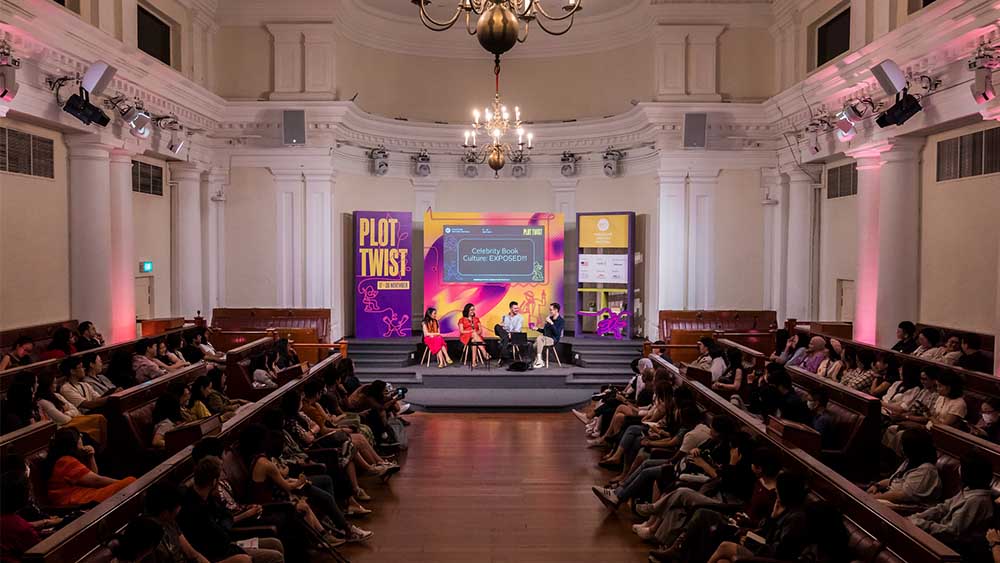A Needlephobe’s Guide To Donating Blood (Without Crying In Public)
The 14th of June is World Blood Donor Day, a day that spotlights the importance of access to safe blood and blood products as part of an effective healthcare system.
During World Blood Donor Day in 2023, I saw lots of articles about making a difference by donating blood, which made me think about giving it a try. The only problem was the same reason that has stopped me from taking part in blood donation drives in the past:
I'm TERRIFIED of needles.
As it is, the past few years of mandatory Covid vaccinations and subsequent booster shots certainly haven't helped my phobia one bit.
But this time, I decided I would bite the bullet and go for it. If donating my blood helps to save a few lives, then surely I shouldn't let my needle-phobia stop me, right?
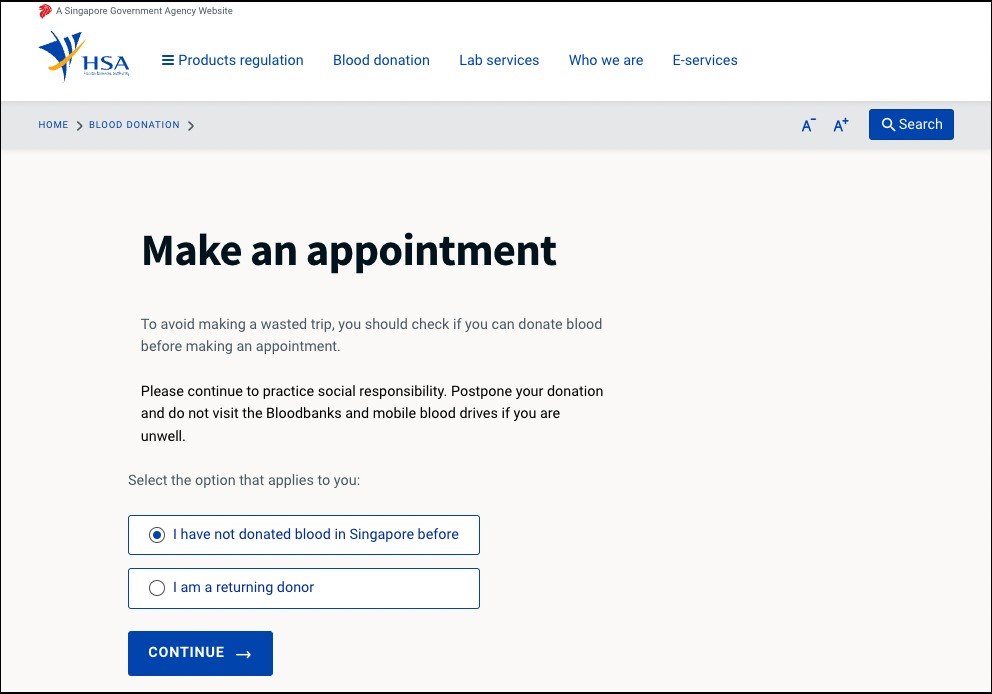 IMAGE: SCREENSHOT FROM HSA.GOV.SG
IMAGE: SCREENSHOT FROM HSA.GOV.SG
Booking an appointment
The first step was both the easiest and the hardest: Working up the nerve to book an appointment. I went through the steps as quickly as I could before I could talk myself out of it.
Booking an appointment for blood donation is actually rather easy. You can do so either via the Health Sciences Authority (HSA) website or the DonateBlood mobile app (available on both Apple and Android). Do note that you'll need your SingPass to book an appointment.
- Step one: Pick a bloodbank to donate at. There are four branches: Bloodbank@HSA (the main branch), Bloodbank@Woodlands, Bloodbank@Dhoby Ghaut, and Bloodbank@Westgate Tower.
- Step two: Pick a donation type and time slot.
I was surprised to learn that there are actually two types of blood donations: Whole blood donation, which is the more common type that everyone is familiar with, and apheresis donation, where only certain parts of your blood (platelets, plasma or red blood cells) are extracted.
Apheresis donation is only available at Bloodbank@HSA, and it requires you to have donated blood at least once.
- Step three: Fill up the Health Assessment Questionnaire. This questionnaire checks for donor eligibility to make sure you don't have any conditions that could make it unsafe for you to donate blood.
Before I knew it, I had an appointment booked.
Pre-donation
Since I had about a week before my donation appointment, I decided to read up a bit about what I should be doing to prepare.
According to the HSA website, you'll want to prepare for the appointment by building your iron levels for a healthy level of haemoglobin.
With some reluctance, I said a temporary goodbye to my usual diet of noodles, pasta and other carbs in favour of iron-rich foods.
I found myself eating lots of spinach, fish, and hard-boiled eggs. I even ate pig liver for dinner one day, having heard that it's packed with iron. (I don't recommend trying that unless you really like liver. As I discovered, it's very much an acquired taste).
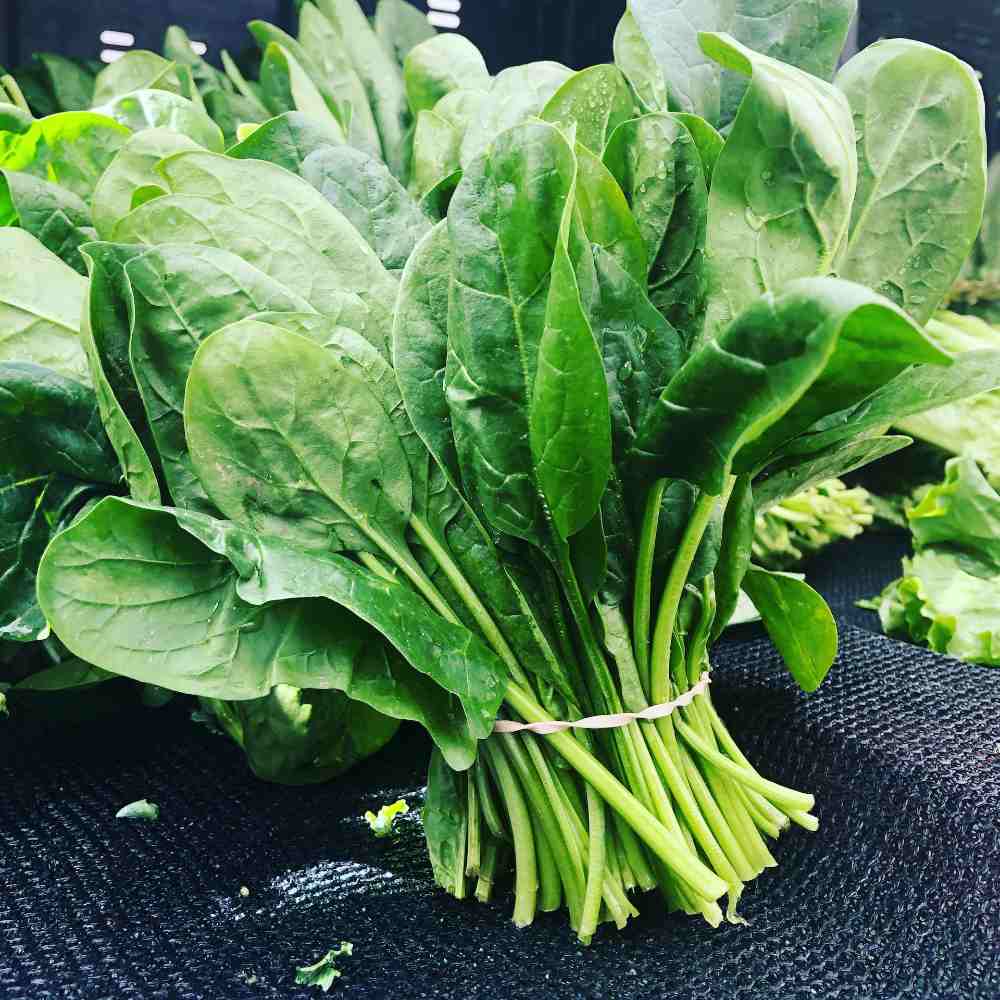 Spinach is rich in both iron and Vitamin C; the latter boosts the body's absorption of iron. | IMAGE: UNSPLASH
Spinach is rich in both iron and Vitamin C; the latter boosts the body's absorption of iron. | IMAGE: UNSPLASH
As a side note, you're advised to eat foods rich in Vitamin C along with your iron-rich diet to improve your body's absorption of iron.
At the same time, you're also advised to refrain from drinking coffee or tea and consuming calcium-rich foods with your meals, as tannins in tea, caffeine in coffee, and calcium reduce iron absorption.
Thankfully, that doesn't mean you can't drink coffee or tea at all; just not at mealtimes.
Donation day
Finally, the day of my donation arrived. As advised by the HSA website, I had a light breakfast and downed a bottle of 100 Plus to hydrate before heading for my appointment.
Upon arriving, I filled up a paper version of the questionnaire again, unsure whether the one I'd filled in via the app would be enough.
Then, I handed in my completed form at the counter and sat in the waiting area.
Since it was early in the day, there weren't many people yet, so it was only a few minutes before I was called to the counter to register.
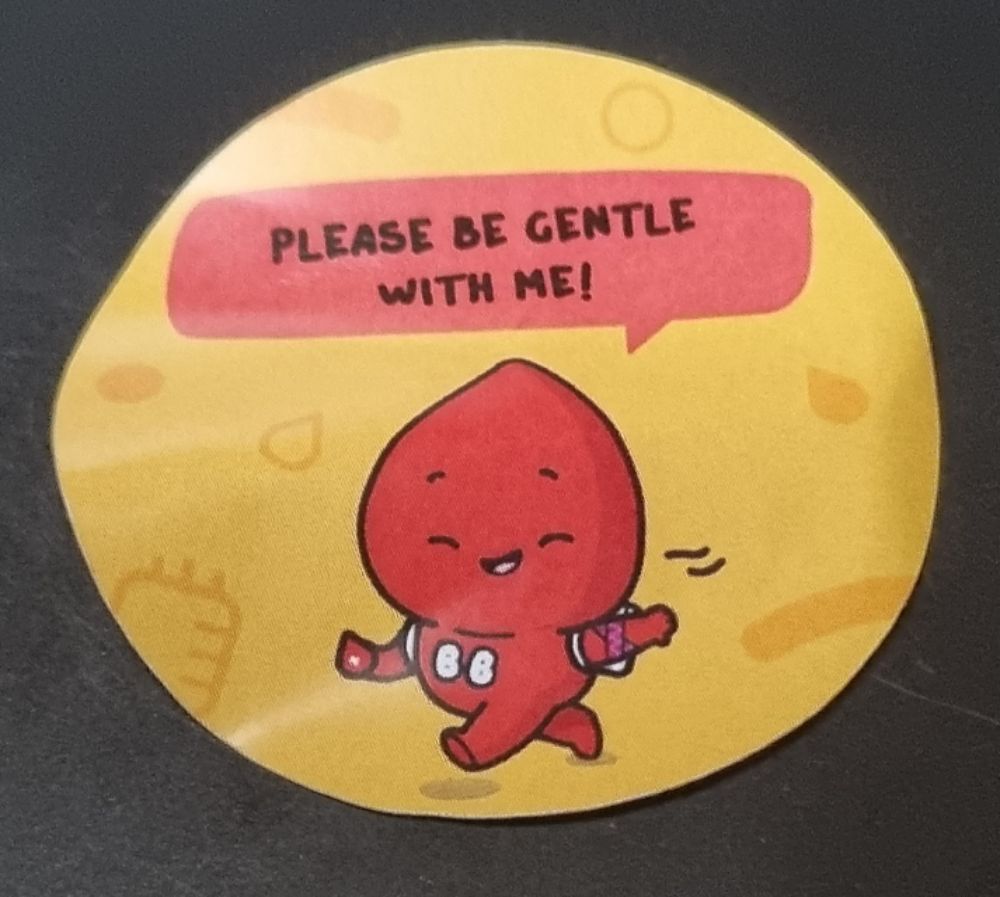 Too bad there wasn't a sticker saying "I'm afraid of needles". | IMAGE: JANELLE YONG
Too bad there wasn't a sticker saying "I'm afraid of needles". | IMAGE: JANELLE YONG
As a first time donor, I got a nice sticker saying "Please be gentle with me" so that the medical personnel dealing with me would know that I might be a bit more unsure and nervous.
The person at the registration counter double-checked my basic information (name, IC number, address etc), then sent me off to the blood test counter.
Blood Test and Medical Screening
This was the first hurdle for me. Before you donate blood, a staff member will check your weight, and then prick your finger (eek!) to check your haemoglobin level.
In order to be eligible to donate on the day of your appointment, you need to be at least 50kg and have a haemoglobin level of at least 13.0g/dl for males or 12.5g/dl for females.
In the spirit of being honest, I'll admit that I yelped when the person at the blood test counter did the finger prick.
It didn't actually hurt though; it felt more like a sudden burst of pressure against my finger rather than a sharp prick.
As for my haemoglobin level?
12.6g/dl.
Just barely enough to be eligible (perhaps I should have eaten more pig liver). But it was enough anyway.
With that done, I was sent to a screening room to have my temperature, pulse and blood pressure taken while also having my questionnaire double-checked to make sure that my blood was safe to donate.
Not just for the recipient, but also for me, to make sure that I wouldn't experience any complications during the donation process like giddiness or fainting. (Thankfully, I've never fainted during injections before, but there's always a first time for everything.)
Almost there...
Once my medical screening was done, it was finally time for me to actually sit down and donate blood.
I was directed to the blood donation room, where I sat down on a comfortable-looking reclining chair with medical equipment beside it.
A medical personnel double-checked my information again, then briefed me on what to expect.
He also advised me to relax (I was visibly tense and freaking out slightly at this point), because being too tense might prevent the blood from flowing properly during donation.
After that, he checked my arms to find a suitable vein.
Unfortunately for me, the veins in my left arm are apparently small enough that they're practically invisible.
Which means I would need to have blood taken from my right (aka dominant) arm instead. Oh boy.
The main event: Donation time
The staff member cleaned my arm with medical alcohol, and then...
I'd read on the HSA website that a local anaesthetic would be administered before donation, but it was only at that point that it finally occurred to me that the anaesthetic was going to be given via... you guessed it, a needle.
I looked away, trying not to tense up and make it hurt even more.
Thankfully, I didn't scream, but I did whimper and gasp out an "owww" as I felt the needle go in.
After what felt like an eternity but was probably only a few seconds, it was over and the needle was removed.
The staff member waited for a few minutes while the painkillers kicked in, and then it was time for the final and largest needle.
I didn't even dare to look at it, squeezing my eyes shut. Fortunately, the anaesthetic worked, because all I felt was a pinching sensation of sorts, and then an ache in the crook of my arm.
Once the needle was in, I actually relaxed, watching with fascination as my blood was drawn out of me into a large bloodbag. It was rather amazing to see that such a (relatively) large amount of blood could be taken from my veins without harming me.
The aftermath
Finally, after what might have been 10 to 15 minutes, the staff member returned and stopped the flow of blood into the bloodbag.
I looked away again as the needle was removed (I definitely didn't need to see that), but thankfully I didn't even feel anything this time.
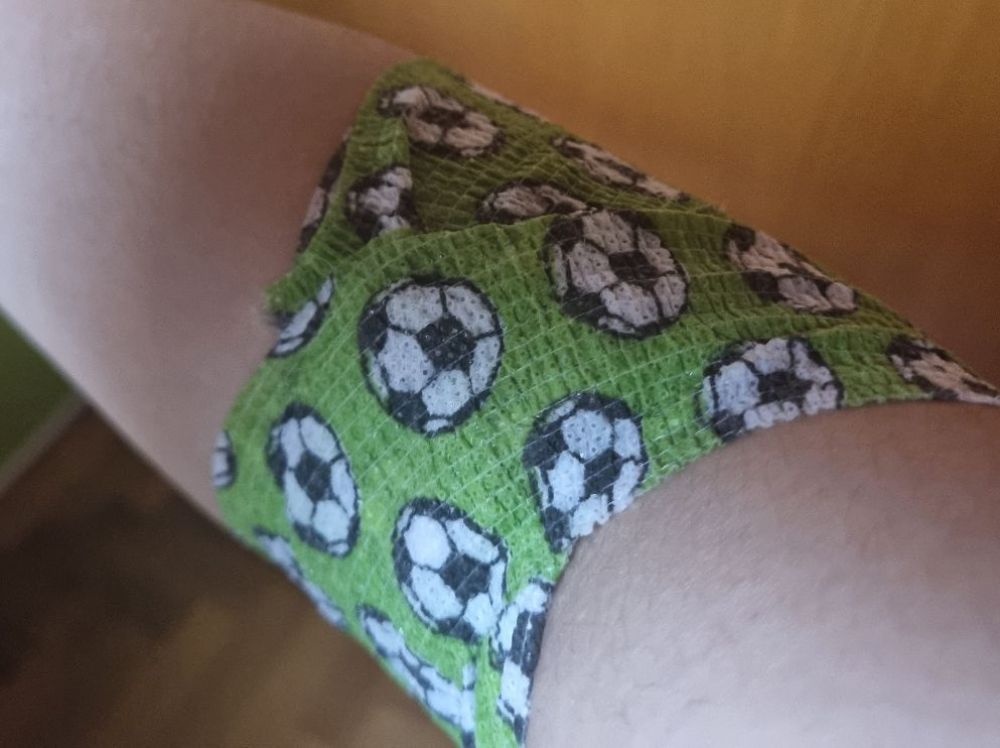 A cute and interesting design for a bandage. | IMAGE: JANELLE YONG
A cute and interesting design for a bandage. | IMAGE: JANELLE YONG
I was instructed to press a few layers of gauze against the injection site for a few minutes to stop the bleeding. After that, my gauze was exchanged for a clean piece of gauze and wrapped up in a fancy green bandage with soccer balls on it.
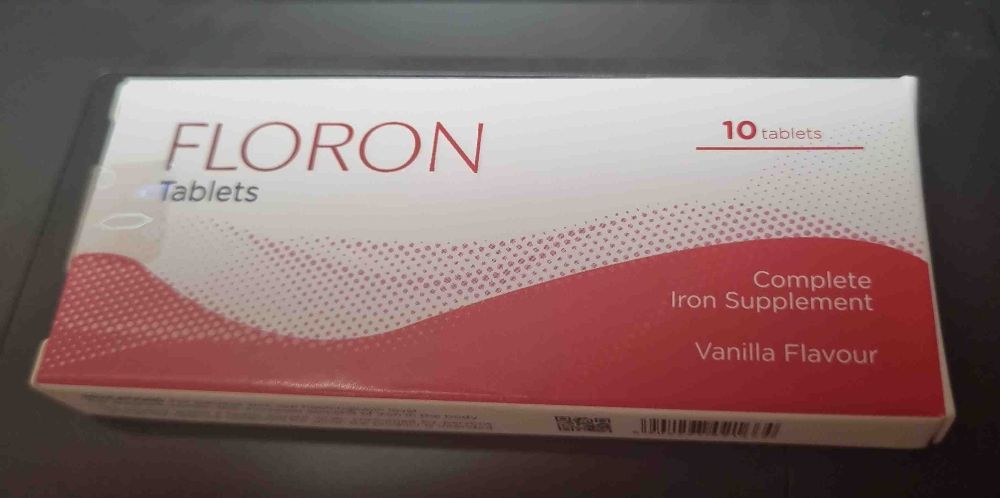 It's important to replenish your iron levels after donating blood. | IMAGE: JANELLE YONG
It's important to replenish your iron levels after donating blood. | IMAGE: JANELLE YONG
The staff member gave me a coupon for refreshments at the cafe outside and a complimentary box of iron tablets to help replenish my iron levels over the next few days (thank goodness, no more spinach and pig liver).
I was also reminded to call the post-donation hotline if I developed symptoms like fever, rashes, generalised body ache, conjunctivitis (aka red eyes), sore throat or persistent cough within the next two weeks, as those could indicate that I was developing an illness that would make my blood unsafe for donation.
And that was it. I was done.
Was it scary?
A bit, since it was my first time, but the staff members were all very competent and very reassuring, which helped a lot.
Was it as bad as I thought it would be?
Definitely not, considering I was fully expecting to scream my head off when the needle went in.
Will I do it again?
Maybe. I'll probably still be afraid of the needle; that's not likely to change anytime soon. But I know now that I can handle it, and if a bit of discomfort means I can help others, then it's worth it.
Who knows, maybe next time I'll even try apheresis donation...
For the latest updates on Wonderwall.sg, be sure to follow us on TikTok, Telegram, Instagram, and Facebook. If you have a story idea for us, email us at [email protected].







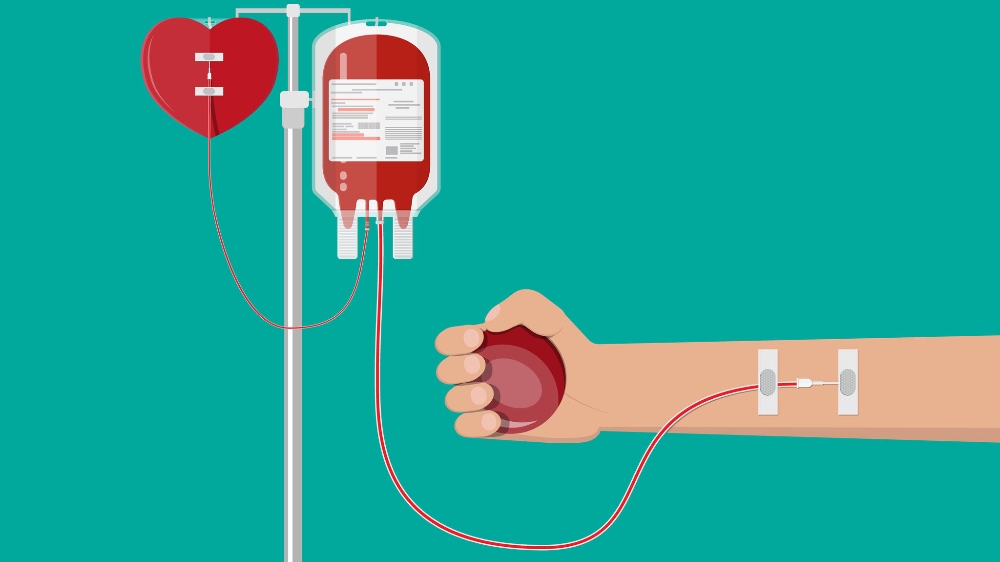
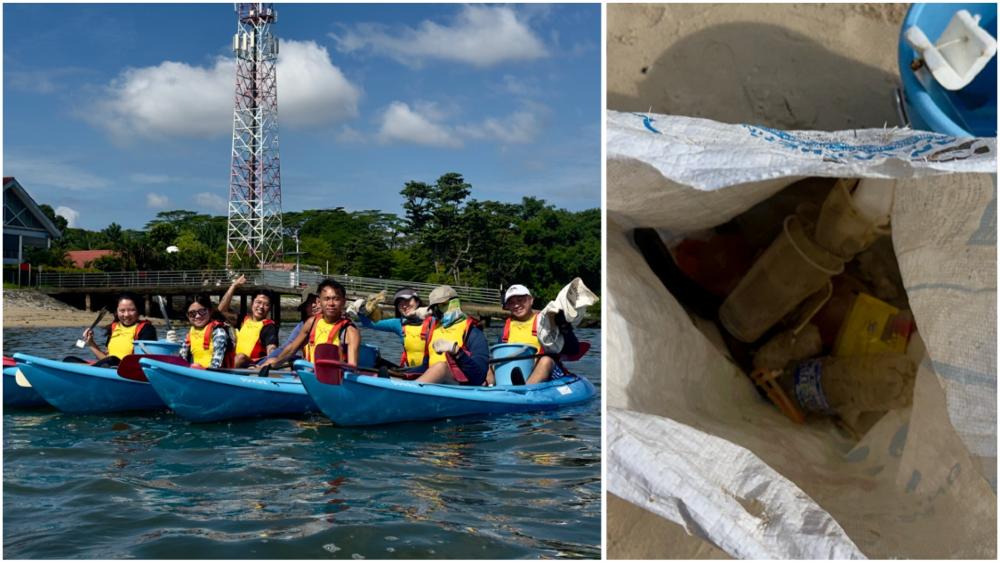
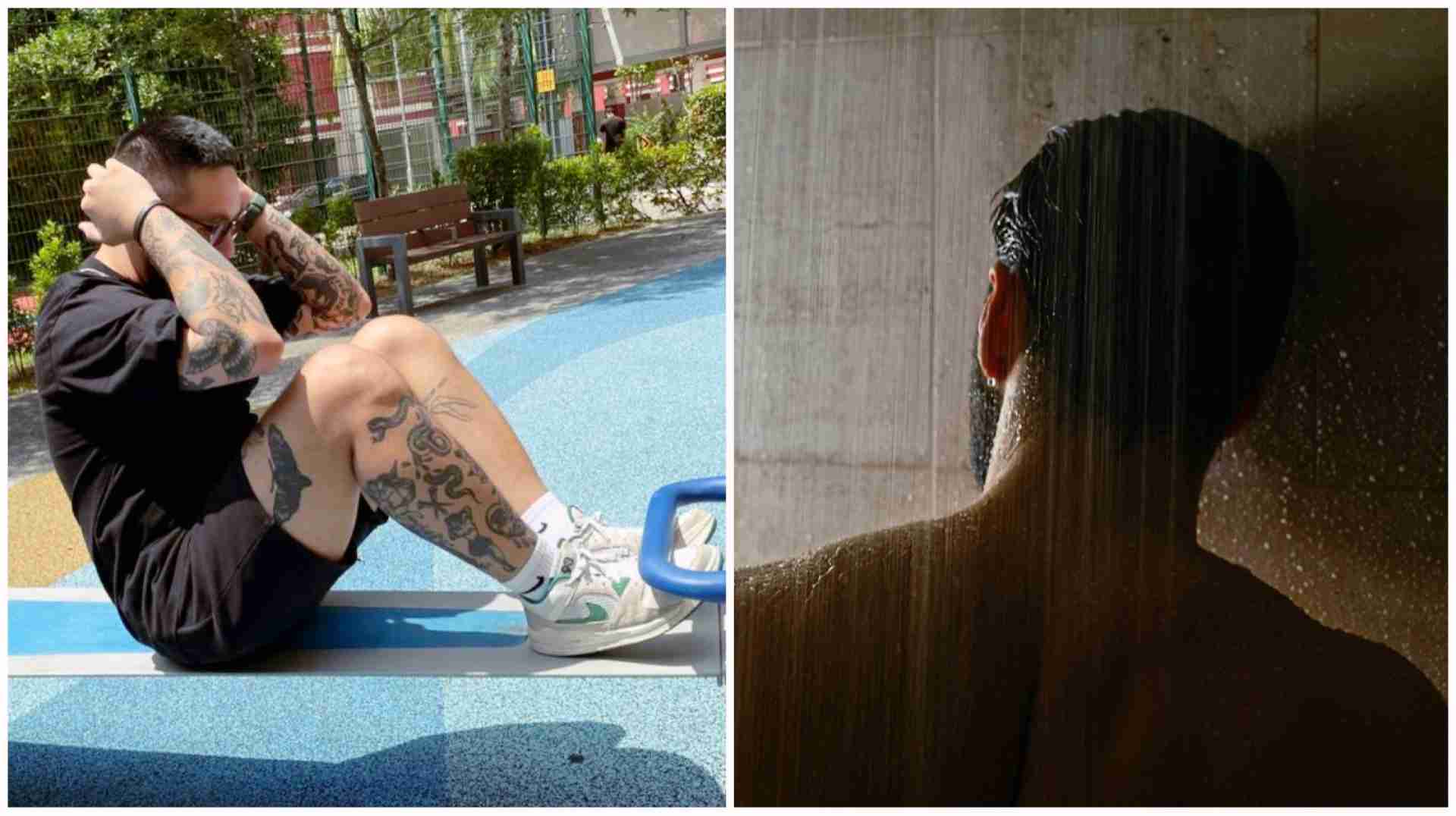
-scheme/bnpl-schemes.jpg?sfvrsn=330fdf2a_1)
